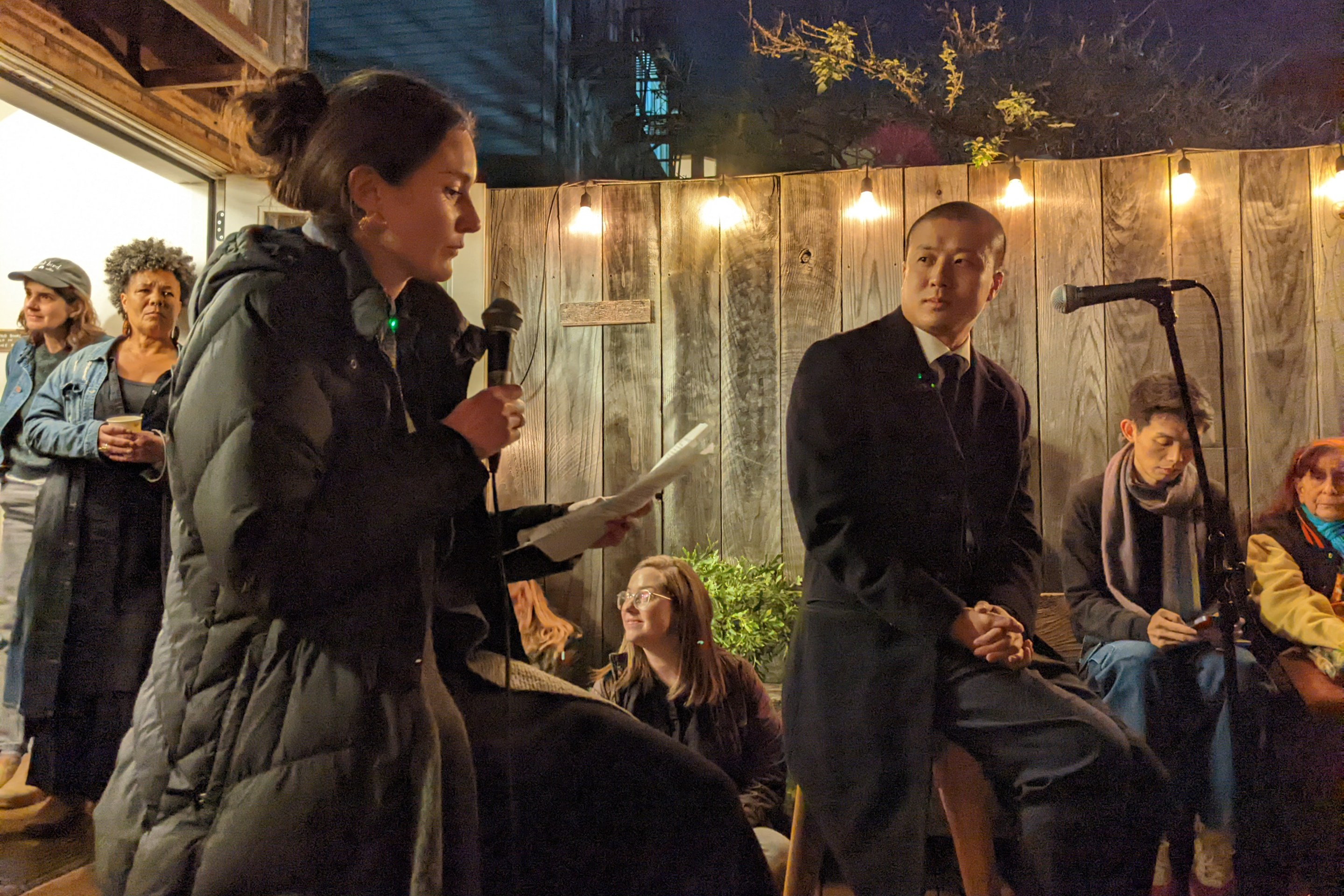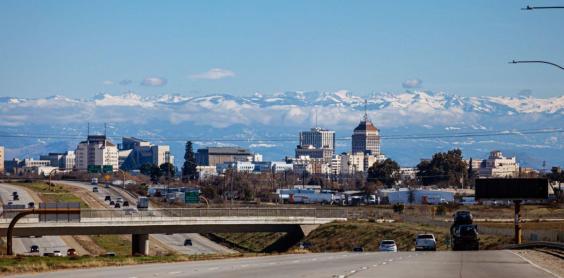We live in an era when school ratings are everywhere. Assigning "grades" to schools based on academic performance is a famously tricky proposition, though. Maybe there are other metrics that are much more straightforward.

Dan Reed at Greater Greater Washington recently asked a provocative question: How would it change the educational landscape if we rated schools by how easy they are to walk to?
Studies show that kids who live in walkable neighborhoods get more exercise and are at reduced risk for obesity. Being able to walk to school teaches kids independence and a stronger sense of community as well.
So where are students most likely to be able to walk to and from school? One indicator is a school's Walk Score, a measure of its walkability. To find the region's most walkable schools, I looked at the Walk Score of 95 public high schools (both neighborhood and magnet) in the District, Montgomery and Prince George's counties in Maryland, and the city of Alexandria and Arlington and Fairfax counties in Virginia. Here's a spreadsheet of all of the schools.
There were 22 schools in the "top 20," which I've mapped above. (Three schools tied for 20th place.) Not surprisingly, nine of them are in the District. But there are also six in Montgomery County, two each in Prince George's and Arlington, and one each in Alexandria and Fairfax. Seven of them are outside the Beltway.
Reed goes on to say Walk Score isn't a perfect measure of the walkability of schools, because it uses an algorithm to measure distances to destinations, not distance from homes to school or the safety of nearby roads. In addition, in the D.C. area, most of the walkable schools have poor academic rankings or are located in expensive areas, Reed reports.
Elsewhere on the Network today: Better Institutions expresses frustration that fuel points at supermarkets basically mean non-drivers are paying for other people's free gas. The Green Lane Project blog reports that as protected bike lanes become more established, many cities are upgrading them by adding a curb for separation. And Car Free Dallas has some incremental suggestions to make the Big D friendlier to people on foot.





